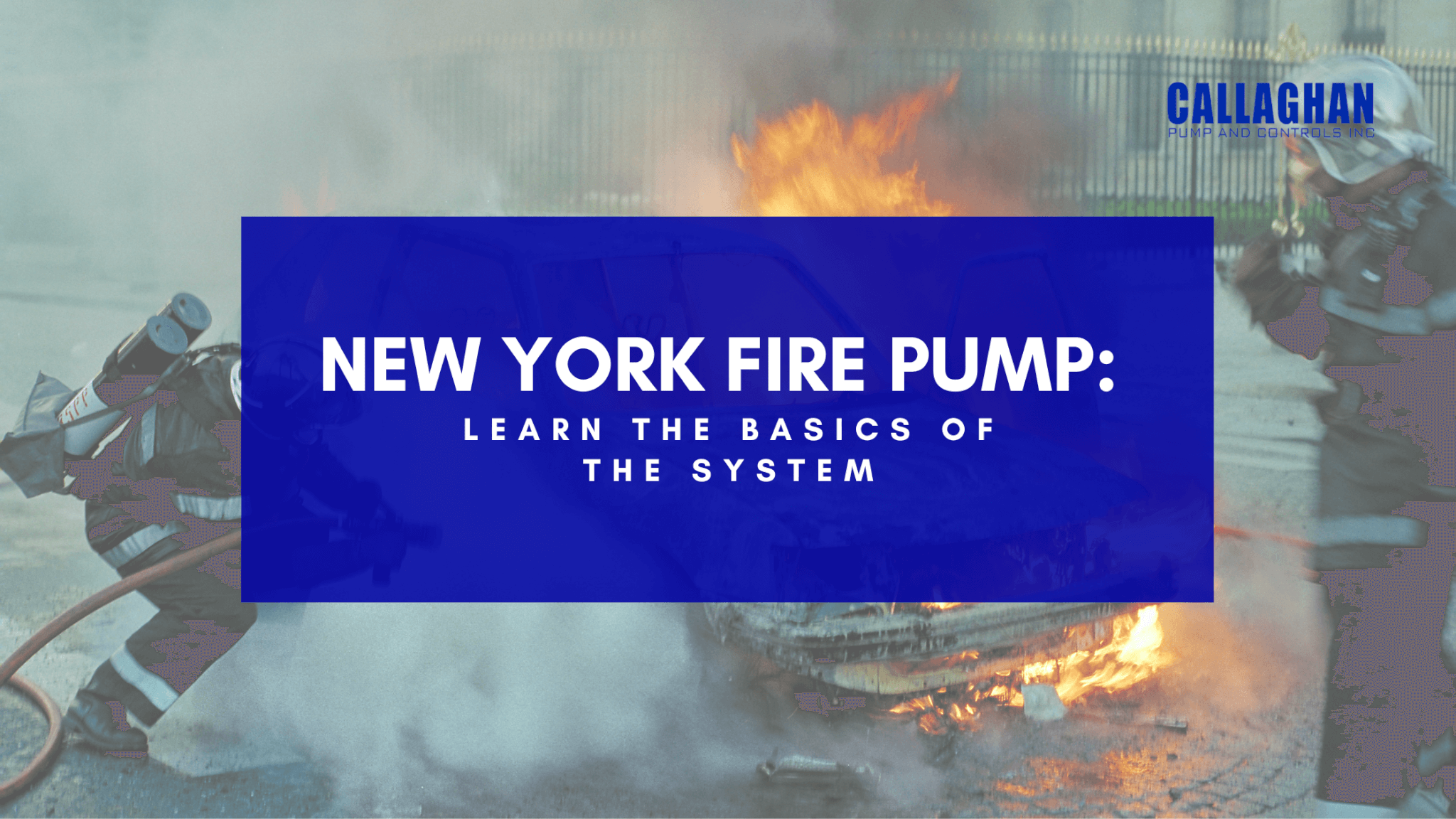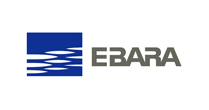
August 31st, 2022
You may know that fire pumps act as a primary water supply source for standpipes or sprinklers. They are often used in combination with gravity tanks, reservoirs, and pressure tanks to supply adequate water pressure to sprinkler systems.
The New York Fire Pump is special – usually connected to the public water main for most of its water supply. It is designed to take the water from a supply source and then discharge it into the standpipe/sprinkler system when under pressure. This is the pressure with which the water is discharged from the fire and is known as the total head.
The head is generally calculated in pounds per square inch or psi. The higher the psi of the pump, the greater the pressure with which water is discharged. Most New York Fire Pumps deliver a minimum of at least 25 psi at the highest line of sprinkler heads.
The New York Fire Pump uses standard centrifugal pumps that are reliable, compact, and require little maintenance. They are powered by a variety of drivers, including electric motors, diesel engines, and steam turbines. Keep in mind that the water available to the centrifugal pump should always be under pressure. This is because fire pumps can’t draw water by themselves from the water source.
You can use a water tank if the tank uses gravity to supply water to the pump. Such water tanks are called suction tanks. The water travels from the suction tank through the supply inlet before reaching the pump, where it enters a rotating impeller. This impeller boosts the water pressure on the inlet side of the pump and then discharges it under increased pressure into the standpipe or sprinkler system.
There are several types of fire pumps that can discharge water from 200 gpm to 5,000 gpm. Most of them include a single impeller and are therefore commonly called single-stage fire pumps. Furthermore, there are vertical and horizontal pumps.
Vertical pumps are a modified centrifugal pump that has a vertical installation and covers less space horizontally, making them great for tighter spaces. Unlike standard pumps, these pumps do not need the suction supply to be under pressure. Instead, they draw the water into the pump by suction.
On the other hand, horizontal fire pumps cover more space horizontally. Make sure you inspect the water intake hose, foot valve, and strainer regularly. This is because mud, gravel, leaves, or other materials often obstruct the piping and cause damage to the fire pump.
Fire pumps need jockey pumps that are often found on sprinkler systems. These pumps automatically operate when there is a slight drop in the available water pressure due to some sort of leakage in the system. The role of the jockey pump is to restore the pressure in the fire protection system to the desired level. If the pressure drop is greater than the capacity of the jockey pump, then the fire pump gets activated.
Your fire pump should be housed in a separate room that is fire-resistant or made of non-combustible materials. The room should be as close as possible to the fire protection system and kept clean and accessible at all times.
Make sure the pump, driver, and controller are always protected against possible interruption of services. The temperature inside the room needs to be maintained above 40° Fahrenheit to prevent freezing of the water in the fire protection system. Above everything, the pump room should only be used for fire protection operations. It should not be used for general operations.
For more details regarding New York Fire Pumps, talk to us directly.
john@callaghanpump.com,
eileen@callaghanpump.com,
dan@callaghanpump.com,
sales@callaghanpump.com,
service@callaghanpump.com












